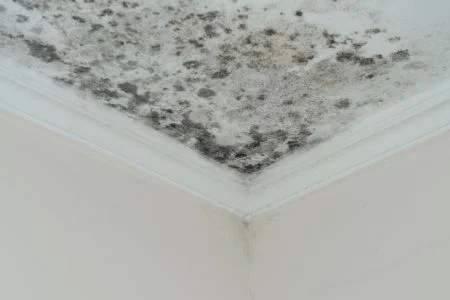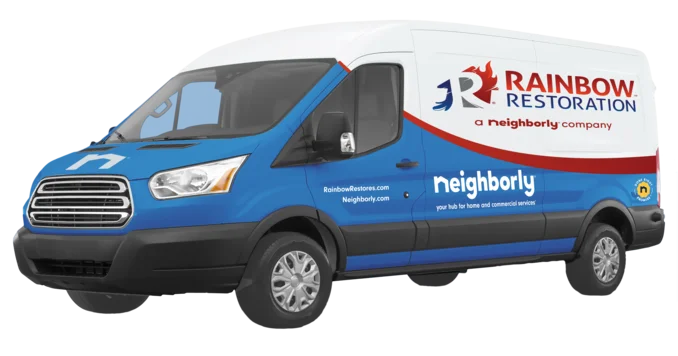
Understanding Bristol Mold Damage by Material
Mold can grow on nearly any material in almost every property area, but many people do not understand that it affects each structural material differently. Some materials are more susceptible to microbial growth, and therefore, cleanup methods may vary. Some of these materials, such as drywall, may not be salvageable and will need to be replaced. Mold doesn't stop at structural materials; it also grows on household contents, including furniture, upholstery, carpets, clothes, books, and toys, staining surfaces and creating musty odors. Addressing mold promptly is crucial, as it can spread rapidly and often requires professional assistance.
Handling mold removal for your Bristol home through DIY methods may seem cost-effective; however, it's critical to understand that professional intervention is necessary. Small, contained areas, less than 10 square feet, may be manageable for DIY remedies, but if done imperfectly, mold can return quickly, spores can spread to new regions, and materials can be further damaged. Homeowners can only clean surface mold, but professionals, like those at Rainbow Restoration, determine how deeply mold has penetrated the materials. Our professionals use more extensive treatment that deeply penetrates walls, flooring, or structural elements.
Factors influencing microbial growth in building materials
- Moisture
- Porosity
- Temperature
- Organic content
- Maintenance and cleaning practices
Since mold is a symptom of a moisture issue, if the source of the moisture isn't fixed, the problem recurs. Our professional remediation is more than just cleaning up visible growth. It includes recognizing and correcting the underlying cause.
Tackling Mold on Wood
Wood, a prevalent building material used for a home's structural elements and furniture, is vulnerable to mold growth. Given enough time, mold destroys wood surfaces through a process of rotting. However, with rapid response, it is possible to treat light surface mold on framing and subfloors. To treat wood, our professionals examine the wooden surface to determine the appropriate treatment to use, as the wood may be painted or untreated. We use a mold-killing solution and ensure the wood is thoroughly dried. To remove mold stains, we sand the affected area and apply varnish or new paint after coating the place with mold-killing primer to conceal the discoloration.
When Is Soda Blasting Most Favorable for Wood Treatment?
Plywood roofs in attics are hotspots for mold growth. With hundreds of shingle fasteners and many tight spaces, we'd have to go around every single nail and try our best to clean in the tight spaces using standard mold remediation methods. Soda blasting solves this situation, allowing us to spray right over the nails and into every crevice without damaging the wood. This, while not introducing more water or debris, allows for quicker, better, and less costly remediation.
Additional strategies for mold removal
- HEPA vacuuming
- Wire brushing
- Antimicrobial treatment
If you discover mold in your home, contact Rainbow Restoration to set up immediate mold removal services.
